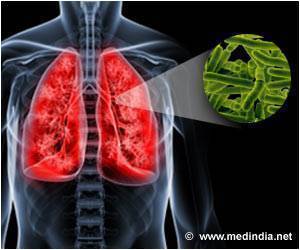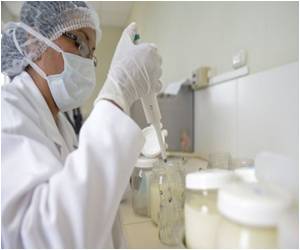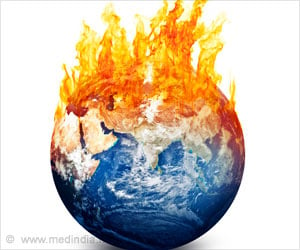Highlights
- Soil has competing microbes and is a rich source of new drugs for various diseases.
- Novel molecule-encoding sequences vastly outnumber those which is already known and used to formulate drugs.
Microbes from the soil are now discovered to be an invaluable source of new drugs.
Researchers at The Rockefeller University have shown that the dirt beneath New York City teems with our tiny allies in the fight against disease. In soil collected from city parks, the team dug up genetic evidence of bacteria capable of producing a wide range of compounds whose potent effects might be harnessed as medicines. Their work is described in the Proceedings of the National Academy of Sciences.
‘Microbes have developed a wealth of chemical weapons that have been developed into medicines capable of fighting off viruses to killing tumor cells.’
"By sequencing and analyzing genes within soil samples, we found the genetic instructions for making a wide range of natural products that have the potential to become treatments for various conditions, from cancer to bacterial or fungal infections, or that are already being used as drugs," says senior author Sean F. Brady, the Evnin Associate Professor and head of Rockefeller's Laboratory of Genetically Encoded Small Molecules.
Only a fraction of soil bacteria can be grown in the lab, severely limiting scientists' ability to exploit them. Brady's lab avoids this problem by looking directly at the bacterial DNA in soil. Within these sequences, the researchers can identify the instructions for making molecules that interest them.
The research on New York City soil was a collaboration with the nonprofit Natural Areas Conservancy, whose scientists made sure the 275 samples came from a variety of ecosystems within New York City's park system. With assistance from the conservancy, five high school students participating in Rockefeller's Science Outreach Program collected small amounts of topsoil. These went to Barnard College where the DNA was isolated, then on to Rockefeller where scientists decoded the precise genetic sequences it contained.
The researchers then compared their samples to those from known nonribosomal peptides and polyketides, two families of compounds to which many therapeutic molecules previously isolated from bacteria belong.
A single sample from Prospect Park in Brooklyn harbored genes that likely encode 25 molecules that have been studied for potential use as antibiotics and other types of medicines.
Advertisement
Meanwhile, a set of 11 representative compounds discovered elsewhere around the world--such as the antibiotic erythromycin from the Philippines and the antifungal agent natamycin from South Africa--are encoded by gene clusters that were observed within the city parks' soil.
The most important finding, say the scientists, is the abundance of unfamiliar genes.
"Less than one percent of molecule-encoding sequences matched up to the known genes to which we compared them," says first author Zachary Charlop-Powers, a postdoctoral fellow in Brady's lab. "Similar efforts in soil collected elsewhere have also shown that novel molecule-encoding sequences vastly outnumber those we recognize. This suggests there are many as yet-unidentified genes out there, and among these, some are likely to have potentially useful biological activity."
Advertisement
For Brady, the genetic riches of city soil suggest it's time to shift the strategy for identifying new compounds.
"Throughout the history of the field, there has been this idea that one travels to remote parts of the world to collect strange bacteria. But those environments are fragile and disappearing," Brady says. "Meanwhile, we're finding that by using modern sequencing approaches, it's possible to turn up all of the same potentially useful molecules in our own backyards."
Source-Medindia









